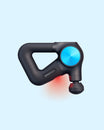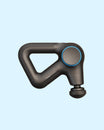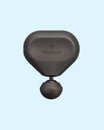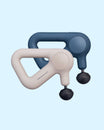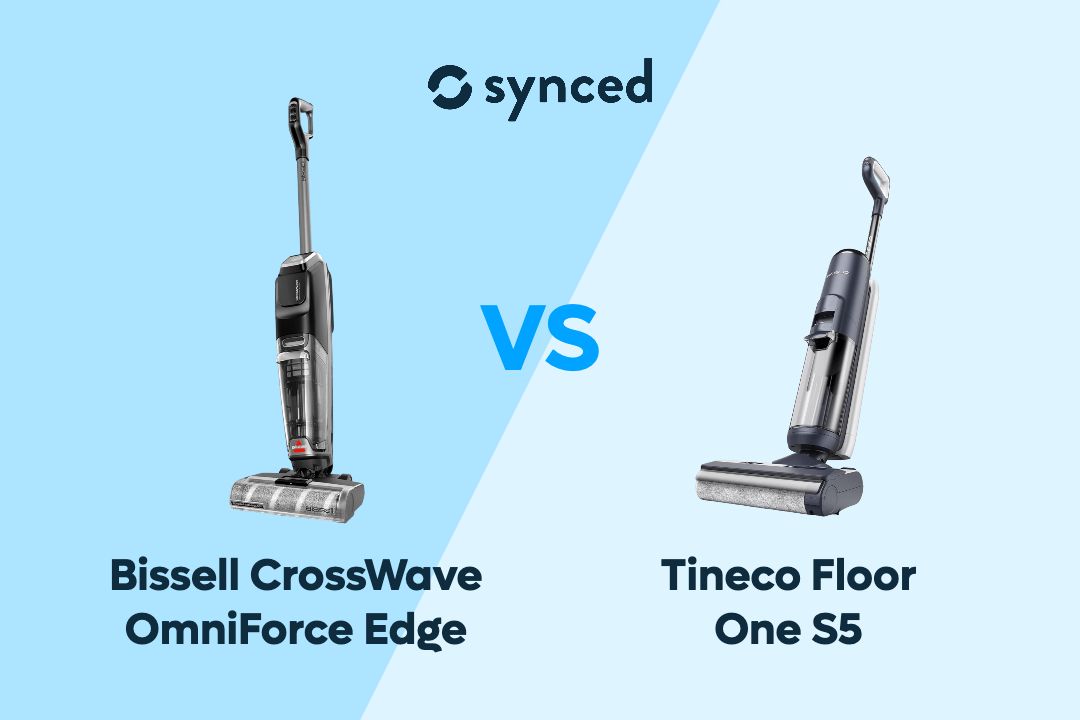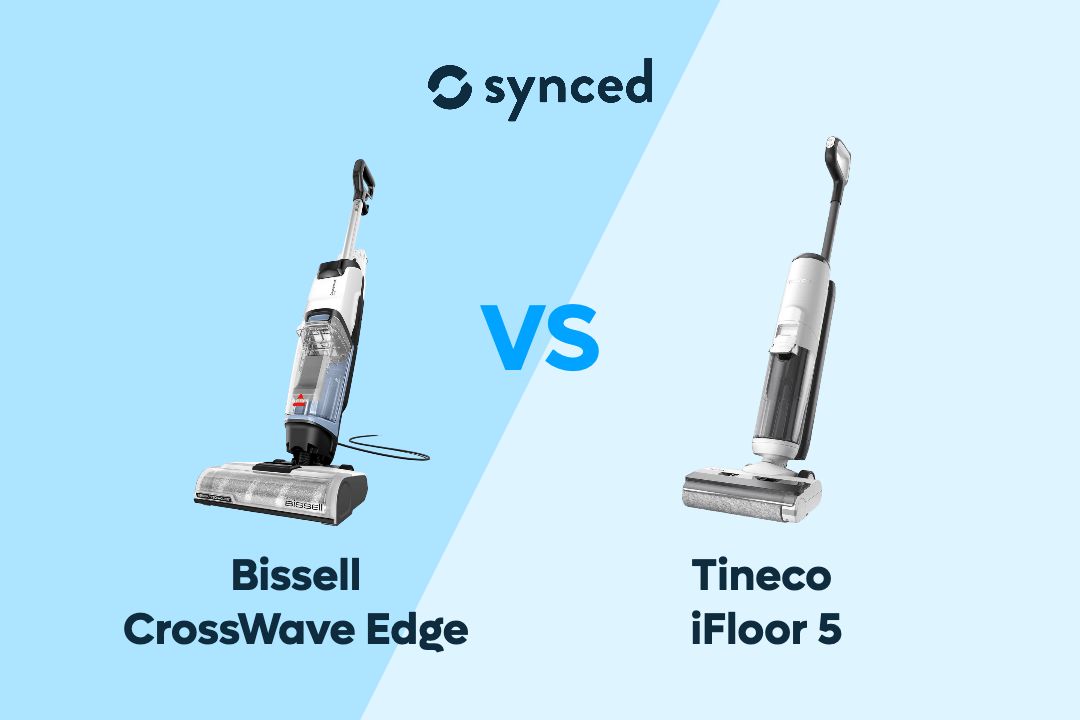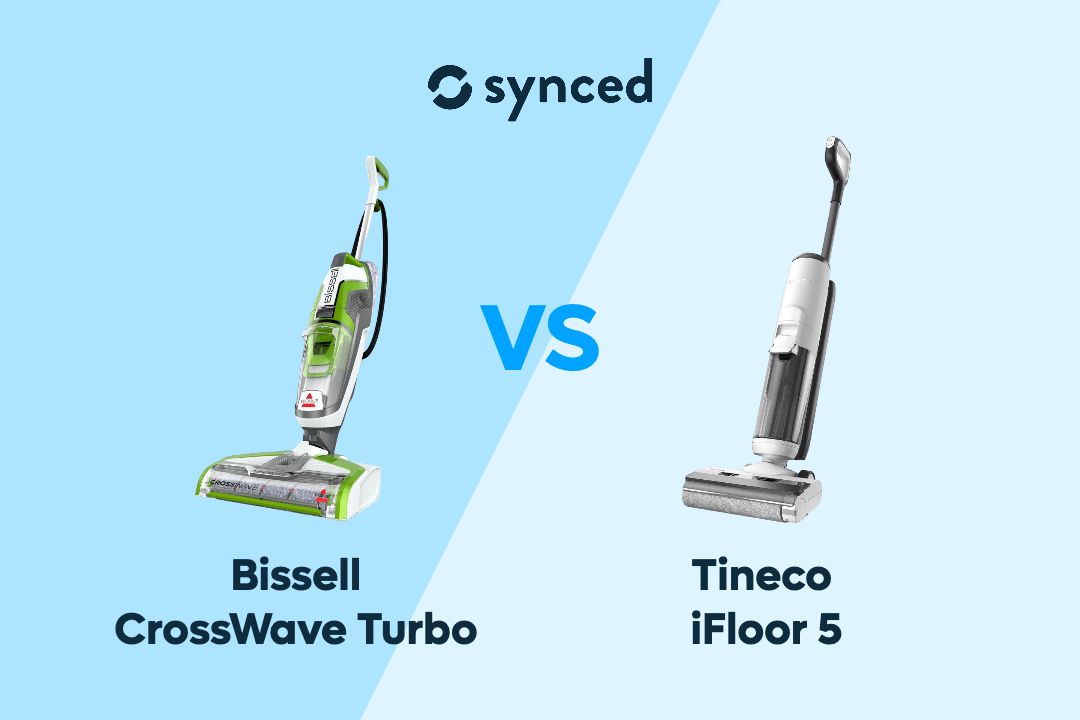GoPro Hero 13 vs DJI Osmo Pocket 3: Which is the Winner?
Naila Syifa
Updated September 2024

GoPro Hero 13 is the latest flagship action camera from the popular brand, offering advanced features and capabilities that make it a top contender in the action camera market.
While the DJI Osmo Pocket 3 is a 2023 model, it is a high-end compact camera that rivals the GoPro Hero 13 in many aspects. So how do the two models compare?
Key Takeaways
Being more expensive, DJI Osmo Pocket 3 offers superior low-light imaging, gimbal-level stabilization, and longer runtime. However, GoPro Hero 13 wins in most other areas, like resolution, FOV, slow motion, external mic connection, durability, and mounting options.
We recommend the GoPro Hero 13 for most general users and the DJI Osmo Pocket 3 more specifically for content creators who shoot indoors, in urban settings, or at night where low-light imaging is more important than ruggedness.


GoPro Hero 13 Black
Endless Creative Possibilities
✓ 5.3K/60 Video + 27 MP Photo
✓ External Microphone Support
✓ Combine with HB-Series Lenses
✓ Timecode Sync

DJI Osmo Pocket 3
Exceptional Gimbal Camera
✓ 4K Video + 9.4 MP Photo
✓ 1” CMOS Sensor
✓ 3-Axis Mechanical Stabilization
✓ Timecode Sync
#1 Price

DJI Osmo Pocket 3
As the newest addition to the flagship Hero lineup, the GoPro Hero 13 carries a premium price tag of US$399.99. The DJI Osmo Pocket 3 is even more expensive at US$519, which is a significant investment for a compact camera.
2023-released models typically have a drop in prices over time, just like the DJI Osmo Action 4 that saw a $100 price reduction in 2024. However, this doesn't seem to be the case for the Osmo Pocket 3, as by September 2024, it is still sold at its original launch price of US$519.
#2 Design & Durability

GoPro Hero 13
GoPro Hero 13 has a typical GoPro design with a rugged, waterproof body that can withstand drops and harsh environments without the need for additional accessories. The camera features a 2.27" rear touchscreen and a 1.4" front preview display for easy framing regardless of whether you're self-filming or capturing footage of others.
DJI Osmo Pocket 3 is a gimbal camera, so it has a larger form factor, though it is still compact and portable. There is only a single 2" OLED touchscreen for preview and control, but the camera lens can be rotated to self-film and front-film so a dual display like the Hero 13 is not necessary. The display is also rotatable to suit horizontal and vertical filming.
The drawback is that the Osmo Pocket 3 is not waterproof, so it is not suitable for use in harsh outdoor conditions or for water sports activities. It is also not rated for operation in freezing temperatures below 0°, while the Hero 13 can withstand temperatures as low as -10°C or 14°F.
GoPro Hero 13 has another advantage with built-in folding fingers and a 1/4-20 screw hole for seamless attachment to accessories and mounts, and there is a separately sold magnetic latch mount for easy swap between accessories. DJI Osmo Pocket 3 is mainly used handheld, but the box includes a handle with 1/4" thread if you want to mount it on a tripod or other compatible accessories.
#3 Video & Photo Quality

DJI Osmo Pocket 3
GoPro Hero 13 boasts a higher 5.3K/60 fps video and 27 MP photo resolution compared to the DJI Osmo Pocket 3 with a maximum video and photo resolution of 4K/60 fps and 9.4 MP.
GoPro Hero 13 offers a unique 8:7 aspect ratio that the Osmo Pocket 3 doesn't support. It allows for a full frame capture that can be more flexibly cropped into different aspect ratios during post-processing, such as 16:9 for standard video or 9:16 for social media. That means, we can use a single footage to create multiple content optimized for various platforms.
The Hero 13 also wins in terms of field of view, capturing a wider 156-degree angle compared to the Osmo Pocket 3's narrower 92-degree field of view. If you need to expand the FOV, both cameras offer a separate lens accessory. GoPro's Ultra-Wide Lens Mod expands the FOV to 177 degrees, while DJI's Wide-Angle Lens expands the FOV only up to 108 degrees.

GoPro Hero 13 & HB-Series Lenses
GoPro Hero 13 has some other lens mods that further expand its capability beyond what its standard lens can offer. The Anamorphic Lens Mod can deliver cinematic footage in a 21:9 aspect ratio, the Macro Lens Mod takes 4x closer focus, while the 4-pack ND Filter allows for easy motion blur. Along with the Ultra-Wide Lens Mod, these lenses are known as the HB-Series Lenses.
Another edge the GoPro Hero 13 has over the DJI Osmo Pocket 3 is its 13x slow motion capability, which reaches up to 400 fps at 720p for 15 seconds. Meanwhile, slow motion in the DJI Osmo Pocket 3 only reaches up to 240 fps at 1080p resolution.
Despite taking the lead in many aspects, the Hero 13 loses out to the DJI Osmo Pocket 3 when it comes to low-light performance. Thanks to its large 1" CMOS sensor, the DJI Osmo Pocket 3 delivers superior low-light image quality with less noise and more detail compared to the GoPro Hero 13, which uses a smaller 1/1.9" sensor.
That same sensor has been used since the Hero 11 in 2022, so it's a bit disappointing that GoPro doesn't seem to make improvements for better low-light performance over the years.

DJI Osmo Pocket 3
Image stabilization is another area where the DJI Osmo Pocket 3 outperforms the GoPro Hero 13. As a gimbal camera, the Osmo Pocket 3 uses three-axis mechanical stabilization to deliver extremely smooth and stable footage, accompanied by ActiveTrack 6.0 subject-tracking technology that keeps the subject in the frame even during dynamic movements.
Instead of mechanical stabilization, the GoPro Hero 13 relies on the HyperSmooth 6.0, an in-camera electronic image stabilization (EIS) technology that identifies the camera's motion and crops the image sensor to reduce unwanted shakes and vibrations seen in the footage. Generally, mechanical image stabilization offers better stabilization results and maintains image quality compared to electronic image stabilization.
However, despite these differences, both cameras offer professional-level imaging quality. They support 10-bit color, HLG HDR, pro settings, and log encoding – D-Log M in the DJI Osmo Pocket 3 and GP-Log in the GoPro Hero 13.
#4 Audio Quality

GoPro Hero 13
The GoPro Hero 13 and DJI Osmo Pocket 3 both feature a three-microphone array that can effectively reduce wind noise and capture omnidirectional stereo audio.
GoPro Hero 13 has a unique Audio Tuning feature, which lets us choose between 'Standard' audio mode for true-to-life audio or 'Voice' mode for better voice clarity. Standard audio is suitable for capturing ambient sounds, while Voice mode optimizes the audio for clear dialogue recording.
While both cameras support external microphone connections, there are some differences to note.
#5 Features

DJI Osmo Pocket 3
GoPro Hero 13 offers a voice control feature, which enables hands-free operation of the camera using simple voice commands. DJI Osmo Pocket 3 doesn't have this, perhaps because it is most often used in a handheld manner, making voice commands less necessary.
Both the DJI Osmo Pocket 3 and GoPro Hero 13 support live streaming, webcam, and has built-in timecode function. Timecode synchronizing across multiple cameras is supported in the Hero 13 with the Timecode Sync feature, while the Osmo Pocket 3 requires an external timecode device to achieve the same functionality.
GoPro Hero 13 also records GPS data, which then can be added to the footage during editing to showcase valuable information like speed, altitude, and more. DJI Osmo Pocket 3, on the other hand, doesn't capture GPS data.
Talking about editing, the Osmo Pocket 3 has a beautification feature known as Glamour Effects, which can enhance your appearance. A range of effects like slimming, smoothing, lighting, fading dark circles under the eyes, and more can be adjusted in the DJI Mimo app.
DJI Osmo Pocket 3 has another companion app known as LightCut, which offers a range of AI editing features. The most notable one is perhaps the One-Tap Edit feature, which can intelligently match your shots with templates and music to create professional-looking edits quickly.
GoPro Hero 13 offers the Quik App for editing and sharing content. If you subscribe to a GoPro premium subscription, the automatic highlight video feature is available, which can automatically create shareable videos from your footage as the camera charges.
#6 Battery Life

GoPro Hero 13
Powered by a 1300mAh LiPo battery, the DJI Osmo Pocket 3 can record 4K/60 fps video for up to 116 minutes or 1080p/24 fps footage for up to 166 minutes.
Meanwhile, the GoPro Hero 13 offers a larger 1900mAh Enduro battery, which is rated for 108 minutes of runtime at 4K/30 fps or 163 minutes at 1080p/30 fps.
That means, while the Hero 13 boasts a larger battery capacity, the Osmo Pocket 3 still manages to outperform it in terms of battery life.
GoPro Hero 13 vs DJI Osmo Pocket 3
Final Thoughts

DJI Osmo Pocket 3
Three areas that the DJI Osmo Pocket 3 outperforms the GoPro Hero 13 are low-light performance, gimbal-level image stabilization, and battery life. It also stands out with its Glamour Effects for beautification, which makes it an appealing choice for vloggers and content creators who want to enhance their appearance in their videos.
At a more affordable price tag, the GoPro Hero 13 offers more features and capabilities. Not only that it support a higher resolution video with a wider FOV and more aspect ratio options, but it's also waterproof, can stand freezing temperatures, has voice control, built-in timecode sync, and can connect to Bluetooth headsets. If you have some more dollars to spend, the HB-Series Lenses can further expand the capabilities of the GoPro Hero 13 beyond what its standard lens can offer.
In conclusion, the Hero 13 offers a better value overall, but the Osmo Pocket 3 is a viable option for content creators who shoot indoors, in urban settings, or at night where low-light imaging is more important than ruggedness.
If you would like to read more about Action Camera, check out our other relevant guides here:
GoPro Hero (2024) Review: PROS & CONS
GoPro Hero (2024) vs Hero 10 Black
GoPro Hero (2024) vs Hero 11 Black Mini
GoPro Hero (2024) vs Hero 13 Black
GoPro Hero (2024) vs Insta360 GO 3S
GoPro Hero (2024) vs DJI Osmo Action 4
GoPro Hero 13 vs Hero 12 Black
GoPro Hero 13 vs DJI Osmo Action 4
GoPro Hero 13 vs Insta360 X3
GoPro Hero 13 vs Insta360 X4
GoPro Hero 13 vs Insta360 Ace Pro
Author

Naila Syifa
Naila has spent over 1,800 hours researching, exploring, and writing about the latest trends in technology, consumer electronics, and smart home gadgets.
Don't miss out on tech
Subscribe to our newsletter to stay up to date on the latest tech trends and guides on the best gadgets around.

